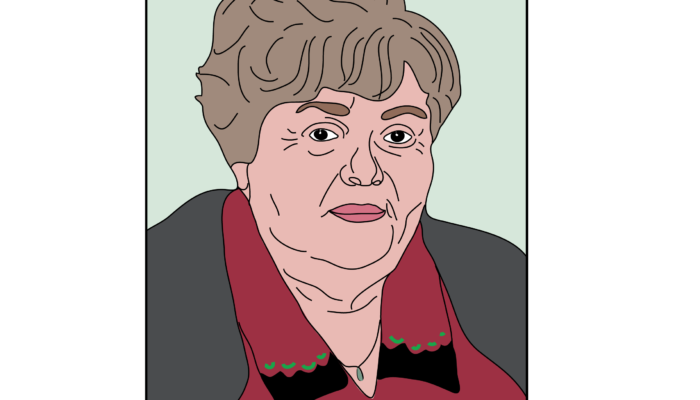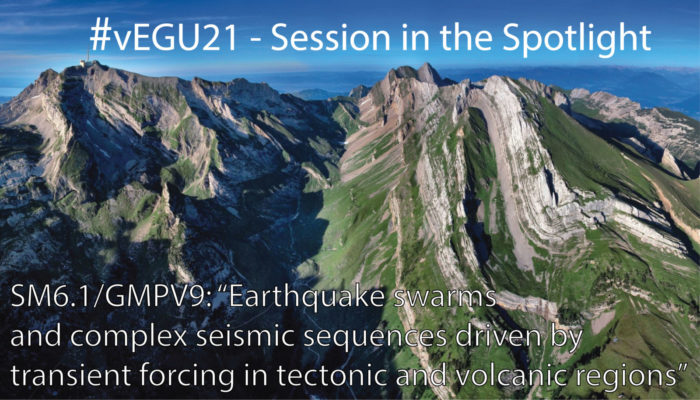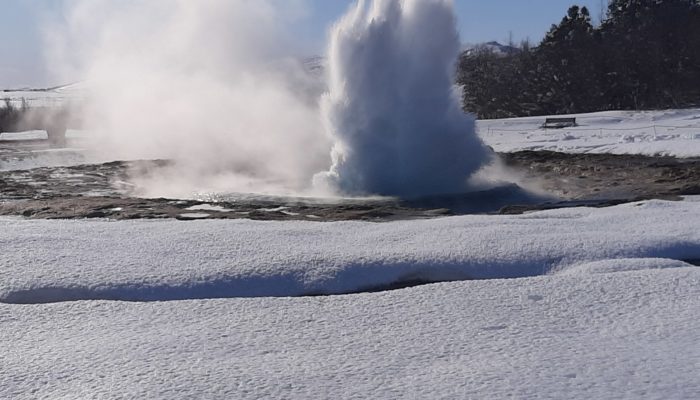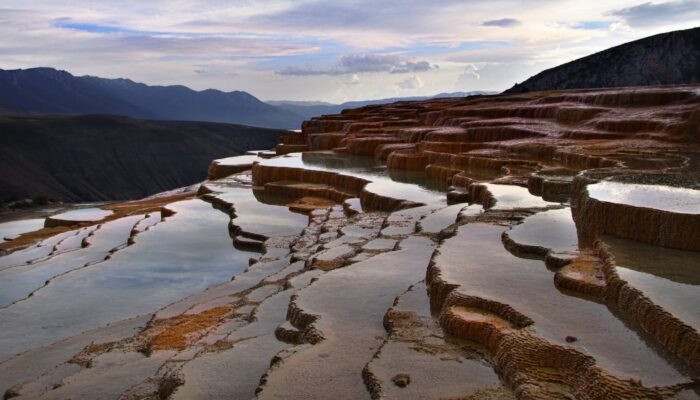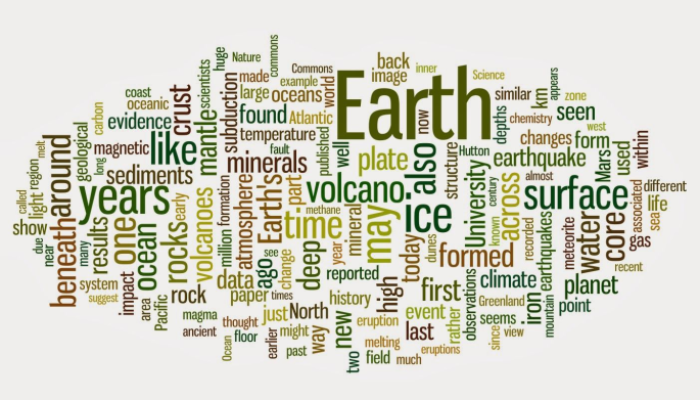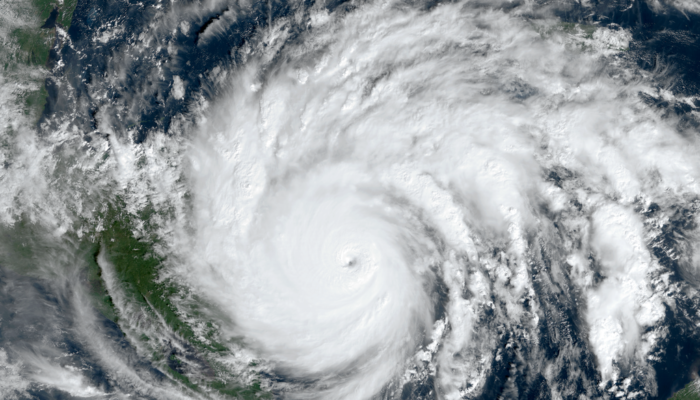Theeerre ish noffink quite so dangerereroush as ashkink a seeeriouss question of scieeence at 18h30 on a Friday. Rudi inshtead ashks the not-at-all, definitely-not, who-me, ashking-for-a-friend queshtion: Can I get drunk at Friday Beers? Dear Rudi, Your question has more answers than asking a conference of geodynamicists what’s the best wine? With movement and beer restrictions in place, the ...[Read More]
Tectonics and Structural Geology
Franciszka Szymakowska (05/02/1927 – 2007): the woman whose drawings unraveled the geological history of the Carpathians
Franciszka Szymakowska was born on the 5th of February in 1927 in Krakow. She was lovingly known as “Niusia” (Antoni 2007). About her early life, not much is known. Franciszka did her studies at the Faculty of Mathematics and Natural Sciences of the Jagiellonian University and graduated in 1952. During her studies, she started to work at the Polish Geological Institute. She remained affilia ...[Read More]
Geodynamics
Geodynamics 101: Dynamic Topography
The Geodynamics 101 series serves to showcase the diversity of research topics and/or methods in the geodynamics community. In this week’s post, Fred Richards explains how ‘Dynamic Topography’ is used in the Geosciences, and discusses the knowns, unknowns, and the challenges ahead. Since shortly after its tumultuous formation 4.5 billion years ago, Earth has been steadily cooling, wit ...[Read More]
Geochemistry, Mineralogy, Petrology & Volcanology
#vEGU21 – Sessions in the Spotlight: Earthquake swarms and complex seismic sequences driven by transient forcing in tectonic and volcanic regions
The vEGU21 abstract submission is now open until 13 January 2021!! Every week from now on we will highlight a GMPV session on our blog to help you navigating your way through the wild jungle of almost 700 available EGU sessions! Today we will start our journey with session SM6.1: “Earthquake swarms and complex seismic sequences driven by transient forcing in tectonic and volcanic regionsR ...[Read More]
Climate: Past, Present & Future
LOESS IN TRANSLATION
Loess is a mineral, aeolian deposit with a range of definitions in literature, which class it as either a sediment, soil, or rock. Some classic texts suggest that “loess is not just the accumulation of dust” [1], and it must include additional processes such as loessification, calcification, pedogenesis, and in-situ weathering. The definition adopted depends on the scientific background and the qu ...[Read More]
Seismology
Field work in winter in Iceland: The beautiful nature of Strokkur geyser
I was fascinated and excited on my first trip to Iceland in August 2010; just a few months after the eruption of Eyjafjallajökull that affected the air traffic across Europe for a few days. Besides these dangerous volcanoes, the Icelandic landscape is beautiful, rough, wide and impressive with elements such as water and ice interacting directly at some locations. Part of this trip was, of course, ...[Read More]
Ocean Sciences
Career Progression – from Academia to Industry
During the summer Liam Brannigan contributed to an EGU careers workshop. Liam has had a diverse career, following his masters in maths at Edinburgh University he worked for several years as an investment consultant. In 2010 however, he fancied a change and embarked on a career in physical oceanography, completing his MSc at Bangor University and his PhD at the University of Oxford. A few post-docs ...[Read More]
Natural Hazards
#vEGU21: Gather Online – what you need to know.
On November 2nd, EGU opened the call for abstracts and communicated that 2021 will see the General Assembly going again fully virtual. It seems a very considerate choice, giving that the COVID-19 pandemic still pervades our lives and makes impossible safe planning of events that include travelling and in-person contacts so far ahead in time. Let’s see what we have to know to get ready for it based ...[Read More]
Geochemistry, Mineralogy, Petrology & Volcanology
The GMPV “Must-read Papers” is here!
Moving in the wide scientific literature can be overwhelming, can’t it? Especially if you are at the beginning of your research journey. Or maybe you just need the right hint to improve your research. Well, we are here to help! The EGU’s GMPV Early Career Scientist committee would like your contribution to the “GMPV Must-read papers” initiative! Following the “TS Must-read” of the EGU Tectonics an ...[Read More]
Nonlinear Processes in Geosciences
The never-ending 2020 hurricane season
Iota, this is the name of the last category 5 hurricane in the Atlantic Ocean. Iota is a non-name because normally hurricanes are named by NOAA starting from A to Z but when the alphabet is over, they are just identified from a letter of the Greek alphabet. Iota is a special cyclone not just because its name implies that the hurricane season is particularly rich in storms but also because of its e ...[Read More]


